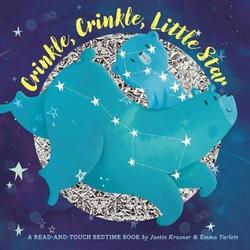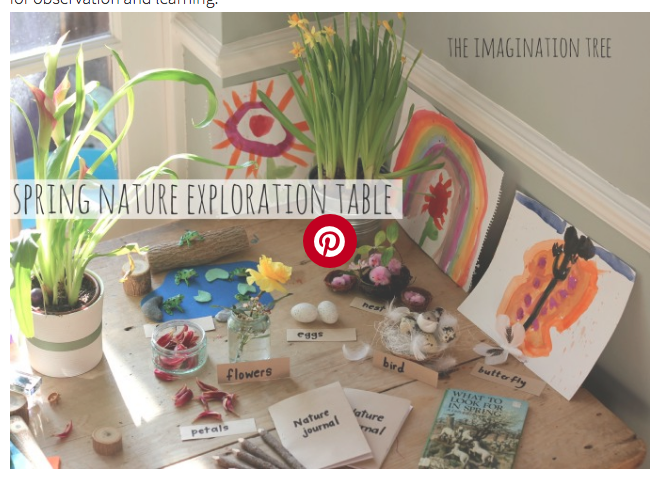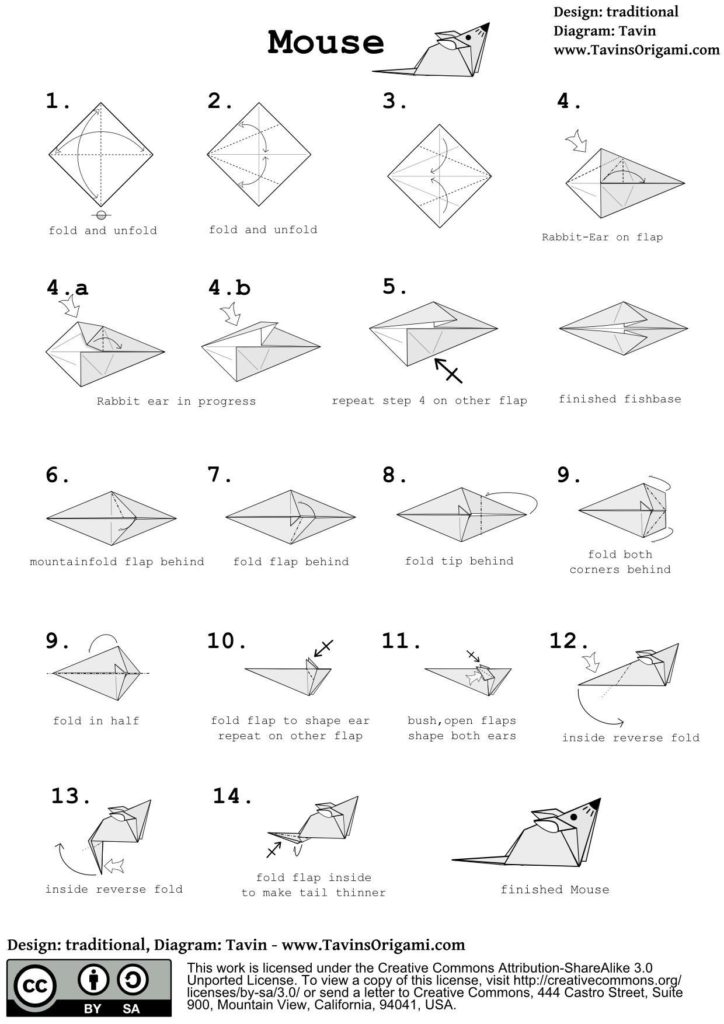Literacy is key to our programming at Creating Together, for all of our families. And even when programs are closed due to COVID, we are here continuing to help reading be fun, for all of you.
Did you know that early literacy begins before a child can read? According to research by the Canadian Language and Literacy Research Network, children who are successful readers have usually engaged in many early language and literacy activities before starting school. In fact, hearing and engaging with books read aloud to them is one of the most important activities for infants, toddlers, and pre-school children.
So join us from home for live storytime with our staff – and enjoy the reads below with your little one at your next reading time!
Happy Reading!
Why I Love My Mommy (illustrated by Daniel Howarth)
This charming book features children telling, in their own words, endearing things about their mothers, with gentle illustrations of familiar animals. Perfect for that special day for mom, be it Mother’s Day, her birthday, or just to lift her spirits.
For more books to celebrate mothers and fathers days (Father’s Day is around the corner!), check out: https://myfamilystuff.ca/mothers-day-fathers-day-books-harpercollins/
If you Give a Mouse a Cookie (by Laura Numeroff, illustrated by Felicia Bond)
Help kids understand the importance of personal responsibility with this fun story about an energetic young mouse who follows a young boy making a string of requests…eventually tiring out the boy!
LEARNING TIP: Teaching our children that every action causes a reaction, is essential in parenting. Understanding cause and effect helps children see that our behaviors and actions has an effect on ourselves, others, and our environment. Use this book to continue this important lesson in personal responsibility.
Twinky the Dinky Dog (by Kate Klimo, illustrated by Michael Fleming)
This story is perfect for children who love dogs, and who are ready to begin the exciting and fun journey of reading on their own. Twinky is a mix of determination, practice, and bravery – and shows the town that he is most certainly, not dinky at all!
Hush Little Polar Bear (by Jeff Mack)
Jeff Mack has illustrated many books, but this one is the first that he both wrote and illustrated! Hush Little Polar Bear takes a girl and her stuffed polar bear on a beautiful trip through a variety of places before they return to her bedroom. A recommended bedtime read!






